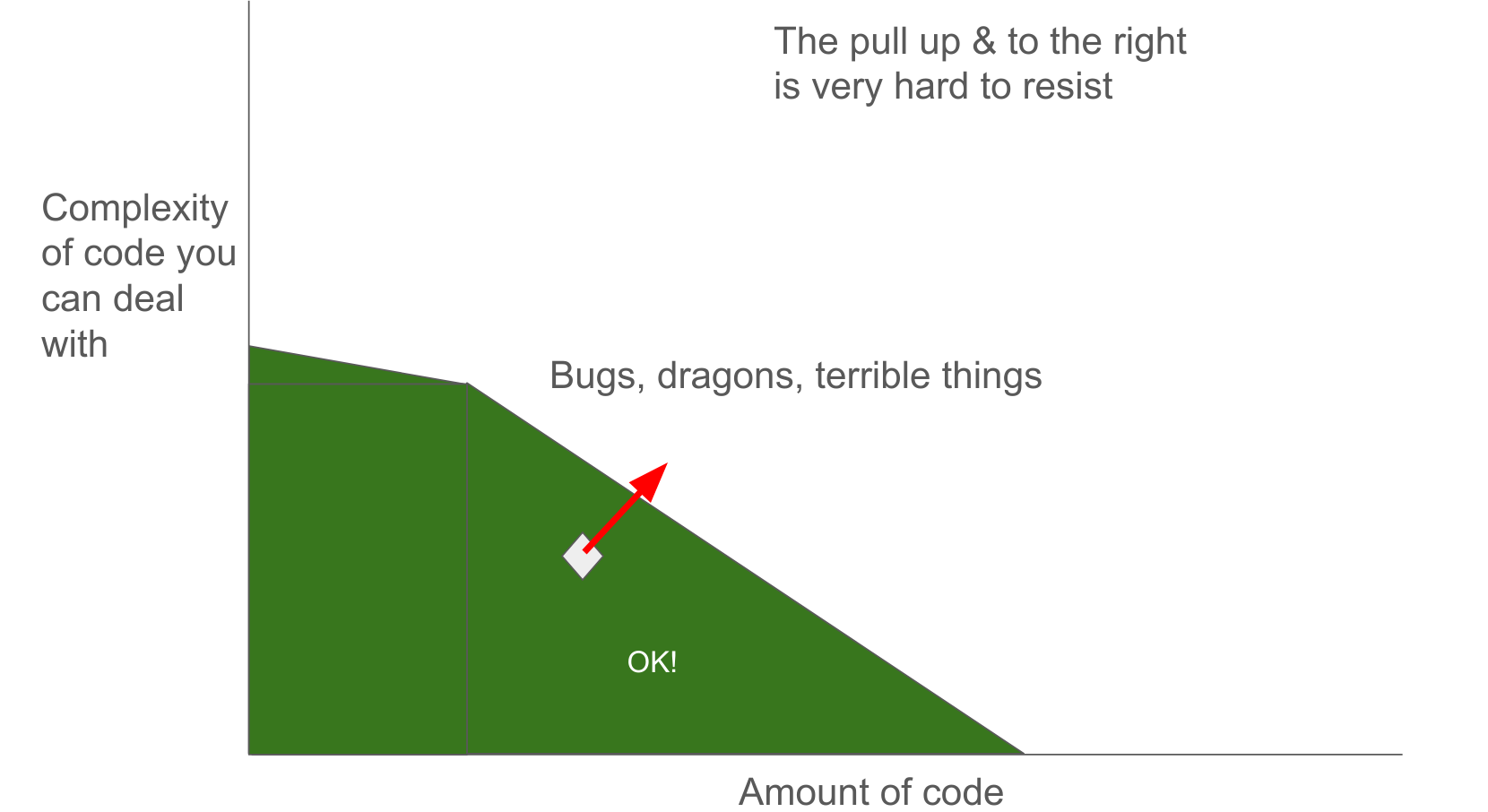One Woman Dev Team Reaches Two Million Users
Nadia Odunayo, a software engineer, built The StoryGraph, a reading community app with over a million users, as a solo developer. The StoryGraph helps users track their reading and recommends books based on mood and preferences. This inspiring story highlights Odunayo's grit, technical skills, and the 'one-person framework' she used to achieve this impressive feat. It offers valuable insights for aspiring solo developers.
Read more















